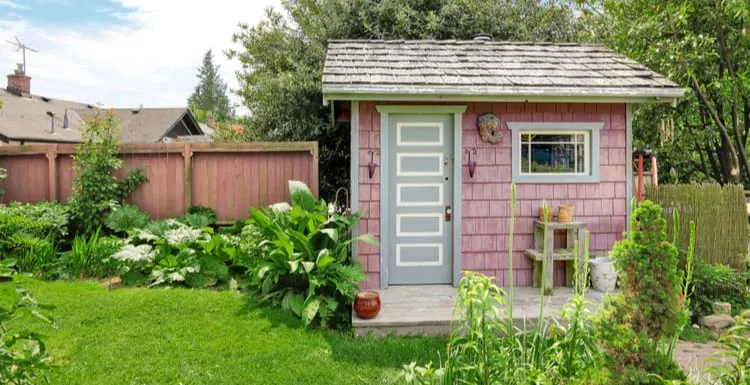Accessory dwelling units have been around for a long time, but only recently have they been back in the spotlight.
Forbes even called 2020, “The Year of the ADU.”
Their resurgence in popularity has many homeowners wondering why these small housing units are suddenly catching on.
Before getting too far, however, you might be asking:
- What are accessory dwelling units?
- Why are so many people building or living in them?
- Are they legal in the U.S.?
- How much do they cost?
We’ve got the answers to these questions and more in this guide. You’ll learn about accessory dwelling units, their uses, pros and cons, legality, and cost.
First, we’ll talk about what an accessory dwelling unit is. After that’s established, we’ll move on to the more in-depth topics. Read to learn more? Let’s jump in.
What Is an Accessory Dwelling Unit?
Accessory dwelling units are small housing spaces, usually under 1,000 square feet. The defining factor is that these are typically considered outbuildings.
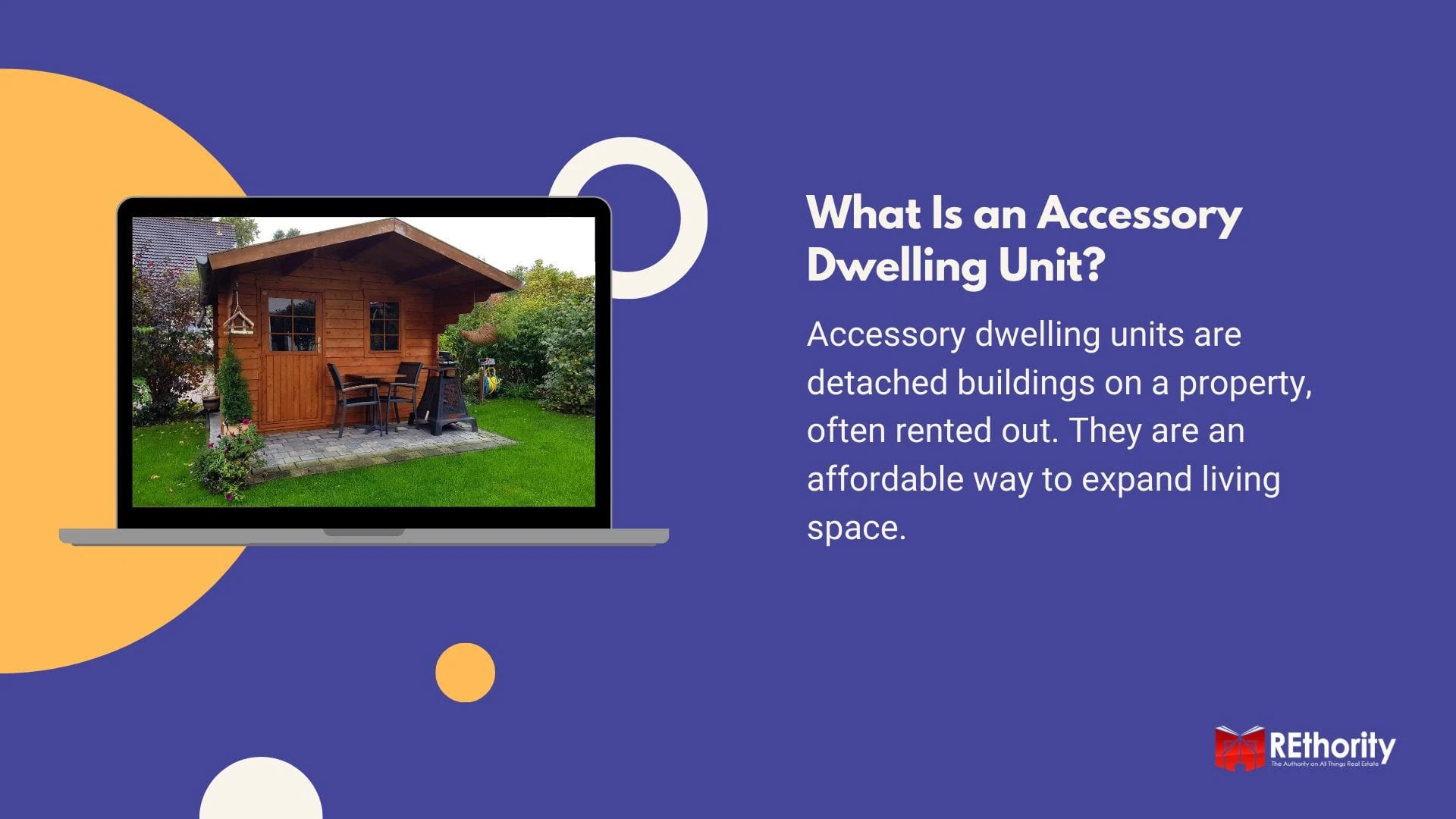
They may be attached to an existing home, built separately elsewhere on the property, or part of the existing living space that is closed off or separated from the main house.
These are the three accessory dwelling unit types:
- Interior (like an apartment above the garage)
- Detached (like a separate tiny house on the property)
- Attached (like an addition that extends from the house)
You may not have heard the term accessory dwelling unit (ADU), but you’ve probably heard of one of the other terms used to describe them. Other names for ADUs include:
- Secondary suites
- Mother-in-law apartments
- In-law suites
- Granny pods
- Laneway houses
These housing units are like “accessories” to the main house or living space. A tiny house on its own land is not an accessory dwelling unit but built in a house’s backyard is.
Why? ADUs connect to and run off the main house’s utilities, including water, electricity, sewer, and gas.
Read next: Tiny Houses: A Big Guide to Small Living
The Growing Popularity of Accessory Dwelling Units
Since they’ve been around for so long, it’s interesting how ADUs have suddenly spiked in popularity in the United States. There are many reasons for this.
The Need for Affordable Housing
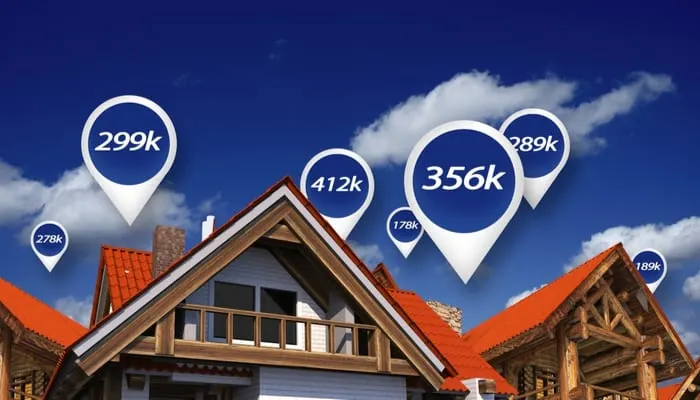
Virrage Images/Shutterstock
The housing crisis is leaving people with fewer home options to buy or rent. Fewer homes are being built altogether, which increases demand and raises prices.
Many homes that are on the market are out of the price range of potential buyers. Rent prices are also increasing, leaving renters with fewer options.
With ADUs, current homeowners make more affordable rentals available. In places like California, where building is prohibitively expensive, ADUs offer a great alternative.
Read next: Why Is Rent So High?
Extra Income for Homeowners
Homeowners who build an ADU have the opportunity to earn extra income by renting it out. Property owners who aren’t in the financial position to buy another home and rent it out benefit from the reduced cost of building an ADU.
It makes the opportunity to earn rental income more accessible. Some homeowners move into the smaller ADU and rent the main house out to earn more rental income.
Less Expensive to Build
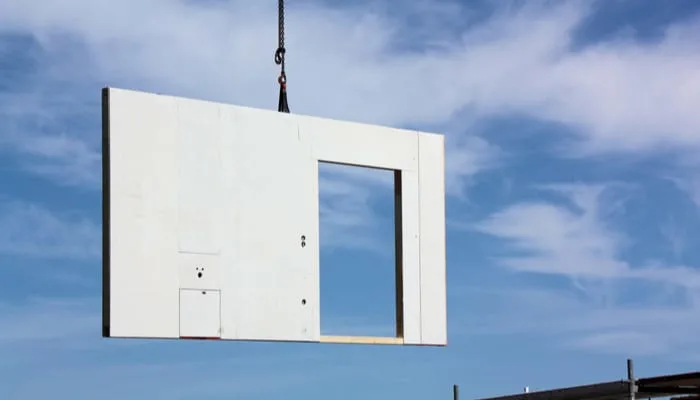
Dan Kollmann/Shutterstock
ADUs don’t require as large an investment as building a traditional home. Starting at just a few thousand dollars, ADUs are much more affordable.
This is due to their smaller size, fewer building materials, and the fact that they’re built on already-owned land.
The Ability to Move Family Nearby
ADUs are an attractive option for anyone who wants to move family nearby without sharing the main living space. Consider a daughter with an elderly father who values independence.
It could be the parent of an adult child who’s having trouble finding affordable rentals. As the U.S. becomes an older population in general, we will need more flexible options to house our aging citizens.
That is, outside of long-term care facilities. Right now, 15% of the population are adults over 65. By 2030, that number will be 21%. ADUs provide a great solution.
Accessory Dwelling Unit Costs
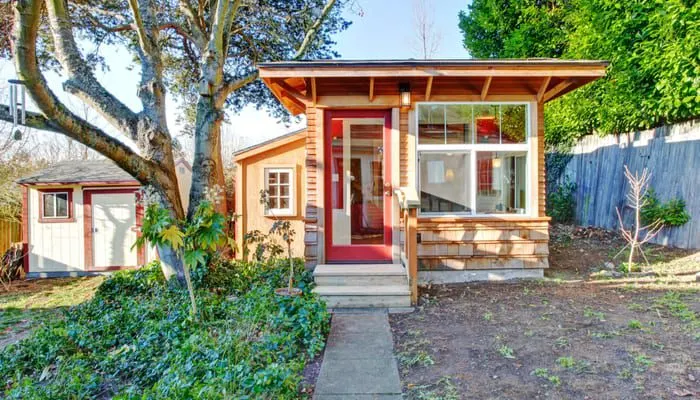
Artazum/Shutterstock
ADUs are difficult to give an average cost for because they vary so much. Building an ADU in Los Angeles is going to be much more expensive than one in Nashville.
A smaller unit will be more affordable than one approaching 1,000 square feet. Luxury features and designs add to the overall cost.
Here’s what you need to know about the cost of ADUs:
- Attached ADUs are typically less expensive, starting at about $40,000 to complete.
- Detached ADUs are more expensive, ranging in price from about $40,000 to $140,000.
- The median price for an ADU, attached or detached, is around $52,000.
- Building an ADU is the most affordable option, with kits starting at around $3,000.
- Converting a shed or garage is a little more expensive at $40,000-$60,000.
- Prefabricated ADUs (tiny houses, granny pods, etc.) are the most expensive, ranging in price from about $10,000 to more than $136,000.
While it may be possible to buy a traditional home under $140,000, it’s not realistic for certain areas and real estate markets. By sticking to a predefined budget, you can build a small ADU from a kit.
You can finish the interior and exterior for under $10,000. When it comes to the average cost for building or buying an ADU, consider the square footage, features, and design you want.
Smaller prefabricated models, especially shipping container homes, are available at prices on the lowest end of the scale.
Read next: Shipping Container Homes: Worth It or Not?
Accessory Dwelling Unit Policies and Regulations

Tashatuvango/Shutterstock
Until the late 1990s and mid-2000s, ADUs were often restricted by state and city regulations and policies. As these units have grown in popularity, they’ve proven to city and state officials that they’re quite beneficial.
This has resulted in a massive change to the regulations on ADUs nationwide. Many states that formerly did not allow ADUs, like Virginia, California, and New York, have relaxed their policies.
States that heavily regulated the building and usage of these units have given more freedom to homeowners. In fact, the U.S. Department of Housing and Urban Development shared,
Although a number of communities still restrict development of accessory dwelling units, there is a growing awareness and acceptance of ADUs as an inexpensive way to increase the affordable housing supply and address illegal units already in existence.”
Some states require that ADUs be used for specific purposes, like an ill or aging family member that a doctor certifies is unable to live on their own.
Some require that they not be built on permanent foundations, meet local building codes, or don’t exceed a certain size. Check the Accessory Dwellings website to learn about policies for your area.
Pros: The Benefits of Accessory Dwelling Units

Roman Samborskyi/Shutterstock
ADUs provide several advantages to homeowners, residents, and communities.
- Increase property value: As ADUs are a source of additional rental income and a place for aging relatives to safely live, more Americans are looking for homes that have them. In fact, they can increase values by up to 51%.
- Create rental income: Renting out an ADU creates a new stream of income for homeowners, giving more financial flexibility.
- Provide more affordable housing supply: Renters who have trouble finding affordable apartments or houses in their areas have increased options when ADUs are for rent.
- Enable the elderly to live independently: Aging parents who don’t want to live in a long-term care facility but need extra help at times can benefit from living in an ADU on a family member’s property.
- Allow for privacy: If you rent a room in your home to a stranger, there’s very little privacy involved for either party. Renting out an ADU allows for more privacy.
- Faster to build: Being much smaller than a typical home, ADUs are faster to build and are only getting faster. Forbes states a company has already 3D printed a 350 sq. ft. ADU within 48 hours for just $10K.
Cons: The Downsides of Accessory Dwelling Units

Borysevych.com/Shutterstock
ADUs have tons of advantages, but they’re not without their downsides.
- Increased Cost of Utilities: ADUs hook up to the main house’s utilities, so those bills will be higher when it’s in use. However, in a rental situation, the homeowner can easily charge portions of the tenant bills.
- Large upfront investment: They are certainly cheaper than buying or building a house on newly purchased property, but ADUs still require an upfront investment of at least several thousand dollars.
- City and state regulations: More states welcome ADUs now than before, but some still have strict rules in place that would prevent a homeowner from renting out an ADU to a non-family member.
The Future of Accessory Dwelling Units
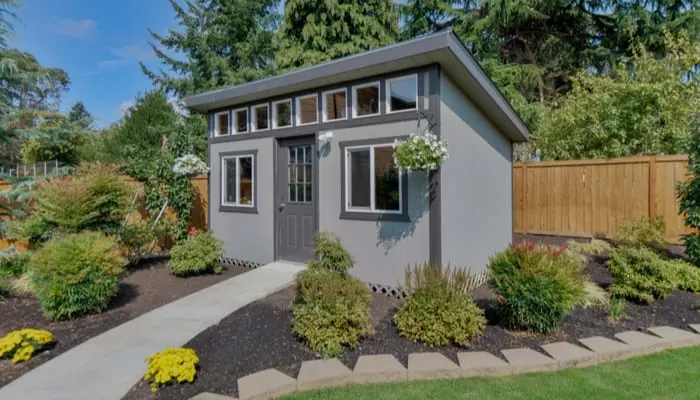
Jonathan Park/Shutterstock
Accessory dwelling units may be a big deal right now, but will they continue to grow in popularity in the future? It seems very likely.
With today’s rising housing prices, higher rent, and a growing elderly population, accessory dwelling units could be a perfect solution.
As long as city and state regulations continue to relax to allow them, ADUs could be the best way to reduce stress on city infrastructures.
They can also provide more affordable residences for renters in crowded markets, reduce the financial strain on homeowners, and make it possible to house our growing aging population in the United States comfortably.
Forbes called 2020 “The Year of the ADU,” but it’s looking like this housing trend won’t be limited to one year. The reasons for this are many, but it comes down to one thing.
With large states like California, changing rules and noting how beneficial these alternative housing options are, more states will follow suit over the next decade.
Cheaper housing, increased income, and safe residences for our parents – ADUs might be a big part of the future of housing in America.

